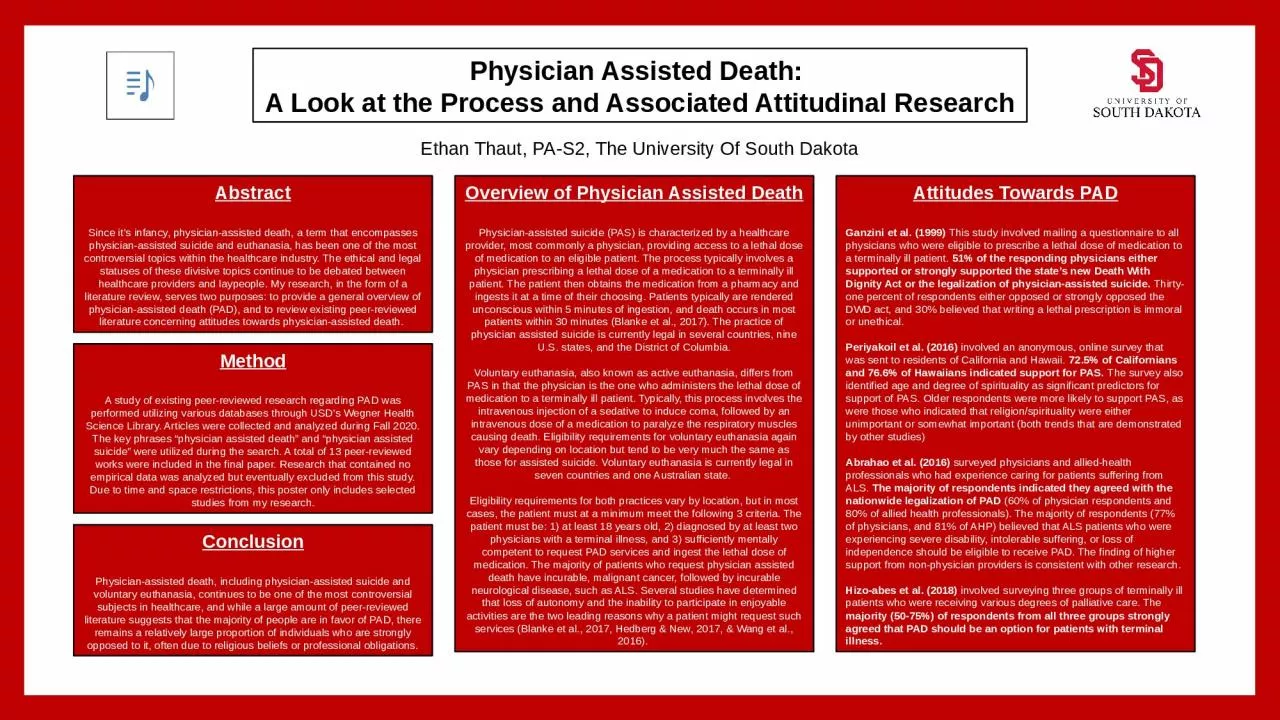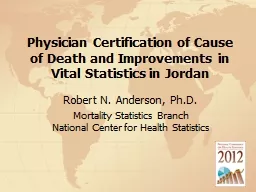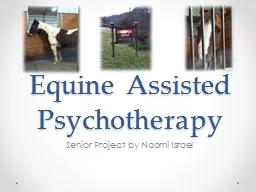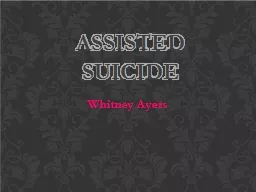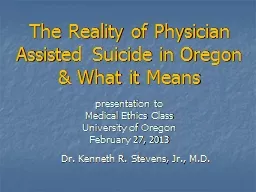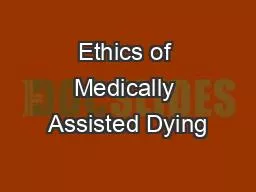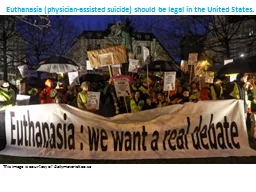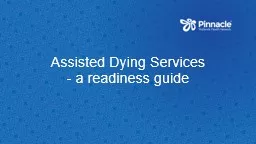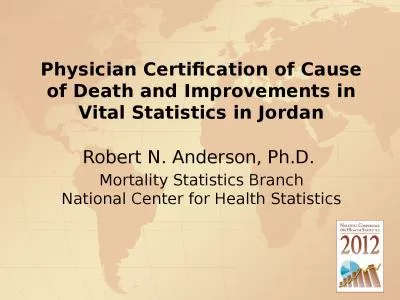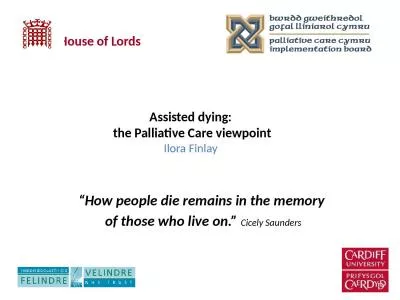PPT-Physician Assisted Death:
Author : jacey | Published Date : 2023-11-18
A Look at the Process and Associated Attitudinal Research Ethan Thaut PAS2 The University Of South Dakota Abstract Since its infancy physicianassisted death a term
Presentation Embed Code
Download Presentation
Download Presentation The PPT/PDF document "Physician Assisted Death:" is the property of its rightful owner. Permission is granted to download and print the materials on this website for personal, non-commercial use only, and to display it on your personal computer provided you do not modify the materials and that you retain all copyright notices contained in the materials. By downloading content from our website, you accept the terms of this agreement.
Physician Assisted Death:: Transcript
Download Rules Of Document
"Physician Assisted Death:"The content belongs to its owner. You may download and print it for personal use, without modification, and keep all copyright notices. By downloading, you agree to these terms.
Related Documents

